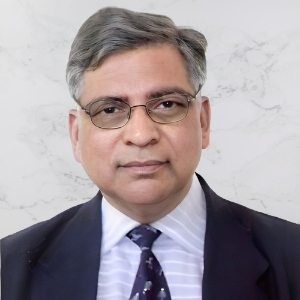Title : Role of artificial intelligence and remote sensing to control aquatic pollution and toxicology through physicochemical and spectroscopic methods by using catalytic oxidants & develop Aquatic- Climate Prediction Models (ACPM).
Abstract:
During UN-Decade of Ocean Science for Sustainable Development, begin in 2021, it is increasingly important to gather as a scientific community to raise awareness of the truly global dimension of the ocean, address environmental challenges, and set forth on a path towards a resilient planet. By using Artificial Intelligence to explore the deep seas, and High-Resolution Satellite imageries, data access, assimilation; HPC and cloud computing for real-time analysis, efforts are focused to develop physicochemical and spectroscopic methods to characterize the in-situ chemical speciation of the inorganic contaminants and save the underwater marine life through innovative technologies for remediation of water pollution by catalytic oxidants. Next, to discuss strategies to control Toxic Aquatic pollution resulting due to toxins, toxic gases, and GHG (Green House Gases), by making use of Catalytic oxides of first-row transition metal oxides. Water gets polluted due to toxins & toxic gases. There are generally four types of toxic entities: chemical, biological, physical, and radiation. The oxidation process would be employed to treat Groundwater contaminants by making use of the chemical oxidants viz. hydrogen peroxide, persulfate, permanganate & ozone. These oxidants have been able to cause the rapid and
complete chemical destruction of many toxic organic chemicals. The otherorganics are amenable to partial degradation as an aid to subsequent bioremediation by involving chemical oxidation to be applied in subsurface systems and in above-ground water treatment systems involving chemical oxidation regeneration of Granular Activated Carbon (GAC). Also, to understand air-sea exchange during extreme atmospheric
forcing, biophysical interactions on Air -Sea CO2 exchange with Climate Variability, Marine Biogeochemistry, Ocean-Air interactions to develop ‘Aquatic- Climate Prediction Models (ACPM), for estimating energy and
material (e.g., carbon, nitrogen) exchange between the upper and deep ocean and to understand spatial and temporal non-homogeneity in deep-ocean mixing; distribution of deep-ocean mixing intensity, and the physics that drives that distribution, and the energetics of the ocean and reducing the uncertainties in global circulation and climate models.
KEYWORDS:
Toxins, Climate Change, chemical oxidants, aquifer materials, target and non-target contaminants, Granular Activated Carbon (GAC) and ‘High Affinity Toxin Receptors’ (HART), and Aquatic- Climate Prediction Models (ACPM).



